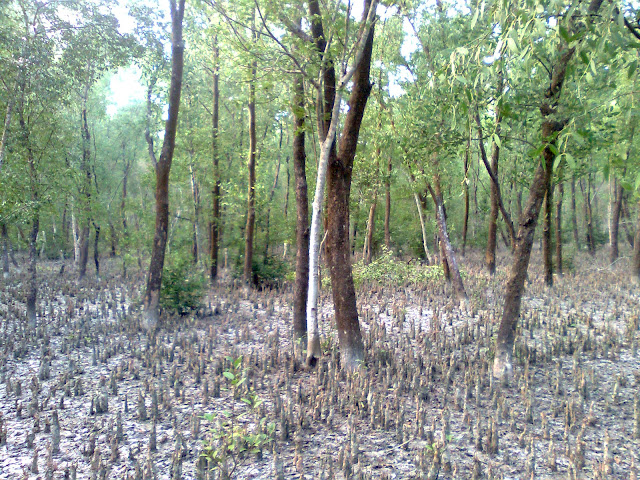Nijhum Dip
 |
| Nijhum Dip of Bangladesh |
Nijhum Dwip which means Quiet Island, is a small island under Hatiya upazila. It is situated in Noakhali District in Bangladesh. Once it was called Char Osman Map Of Nijhum Dwip. A cluster of islands (mainly, Ballar Char, Kamlar char,Char Osman and Char Muri) emerged in the early 1950s as an alluvium in the shallow estuary of the Bay of Bengal On the south of Noakhali. These new sandbanks first drew the notice of a group of fishermen, who named it Baular Char (literally, the alluvium of sand) later transformed into Ballar Char. Occupying an area of 14050 acres the island situated between 21 0 1 / to 22 0 6 /north latitude and 90 0 3 / to 91 0 4 / east longitude
Migratory Birds in Nijhum Dwip. During winter, thousands of migratory birds flock in to island. The fishermen use the airy and sunny land as an ideal place for drying their catches from the sea. Sometimes many of them also construct straw huts on the island as seasonal residences.
In 1974 the Forest Department took an aforestation program for a duration of twenty years in the north side of the island. Covering an area of nine thousand acres, it has now developed into a deep forest with a variety of plant species. Among the trees Keora is much seen. Besides this Gewa, Kankra, Bain, Babul, Karamja, Pashur and many other species are seen.
On 8 th April, 2001 the government declared the 40390 acres of forest of Jahajmara range including 9550 acres of forest land on Nijhum Dwip as a National Park for the protection and development of the biodiversity of the forest. But in practice, there a very lazy appearance of that declaration.
It was named 'Nijhum Dwip' by former Minister Amirul Islam Kalam in 1979 observing its isolation and mild nature.
The population in Nijhum Dwip in 2001 was 10,670. Their main occupations are cultivation, fishing and livestock farming. The island produces vegetables. But the island suffers from natural calamities, and life is hard and risky.
Nijhum Dwip presently has six big bazaars that mainly consist of grocery shops, small restaurants and drug stores. These bazaars are the only places in the islands to have electricity from generators. The forest department of the government of Bangladesh created mangrove forests in Nijhum Dwip and the main attraction in these forests is the herd of about 5000 cheetal or spotted deer. The most common type of planted tree species in the island is Keora, also known as Kerfa, which has fast growing roots holding the sandy land. The plant also supplies pillars for houses, materials for making boats and agricultural implements, and fuel for domestic use. In 2001, the government of Bangladesh declared Nijhum Dwip forests as National Park.
There are no regular river transport or passenger route from Dhaka to Nijhum Dwip. It is possible, however, to reach the island by travelling to Hatiya from Sadarghat Launch Terminal via steamer and then from Hatiya to Nijhum Dwip via troller.




.jpg)




